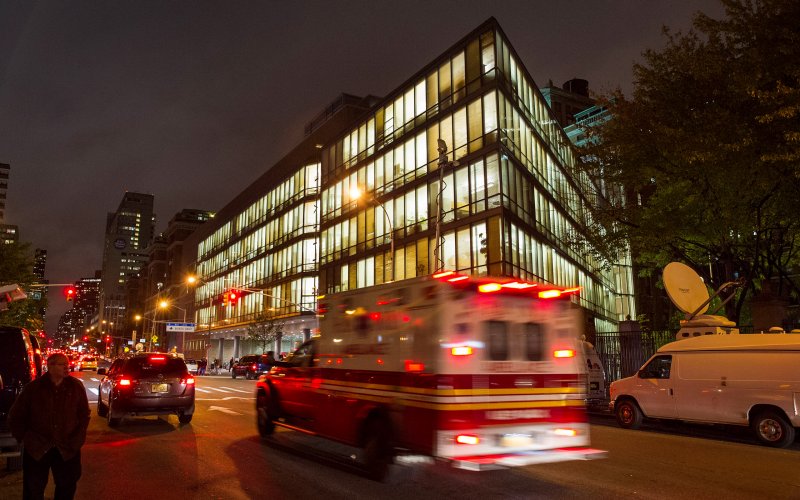Terrorist attacks and natural disasters throw into stark relief the challenges public health practitioners and epidemiologists face in responding to the need for information to help direct disaster preparedness and mitigation efforts.
The genesis of this site lies in research conducted on the health effects of the terrorist attacks of 2001 in New York City. Our goals were to develop methods for health protection research and identify opportunities for primary and secondary prevention of terrorist and disaster-related behavioral health disturbances.
The research included determining whether there were post-attack increases in emergency department or outpatient medical utilization among vulnerable populations consistent with an adverse affect on the overall health of the community. Work to date documents patterns of health disturbances in post disaster periods in developed nations, applies time-series analysis to outpatient and emergency department utilization following the terrorist attacks of September 11, 2001, and uses Bayesian hierarchical modeling techniques for spatial analyses of New York City following the terrorist attacks.
The project has evolved to consider post-disaster behavioral and mental health disturbances as part of the spectrum of injury. Specifically, we aimed to 1) to establish and document the health impact of terrorist incidents on the general population of affected communities, 2) to suggest evidence-based first-responder and medical provider training for both individual and population-level interventions, 3) to predict the potential effects of behavioral health disturbances on surge capacity, 4) to guide resource allocation for behavioral and social assistance in the post-attack periods and 5) to provide baseline information for surveillance to gauge the effects of future events.
The results are intended to inform the work of practitioners in responding to post-disaster health needs, public health agencies in establishing baselines for surveillance and planning for surge capacity demands, and emergency management policy makers in educating and mobilizing their communities. This site is one means of disseminating study results and providing access to the methodological tools developed during the course of this research.
